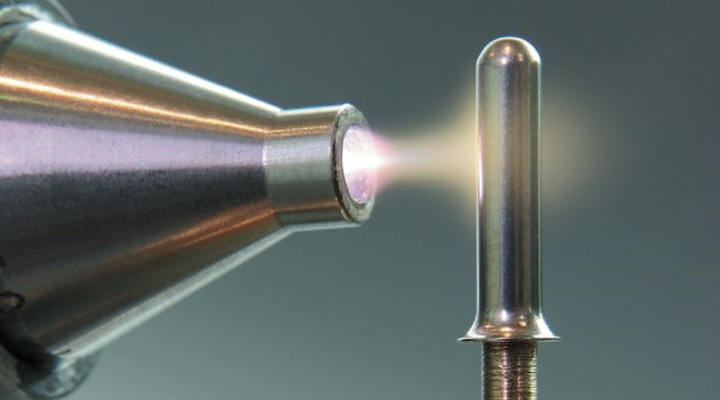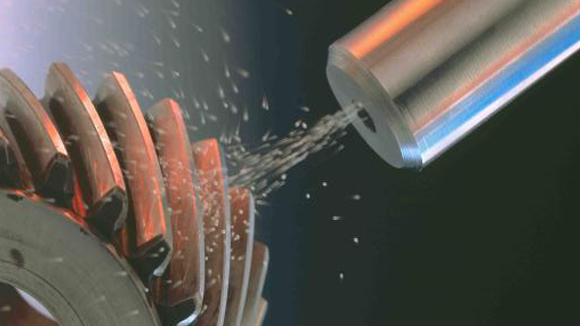Metal plating is the process of applying a very thin layer of one metal on top of another metal, and it is considered to be the most fundamental form of metal finishing. Metal Plating is a process that is known as electroplating. On the other hand, plating is a term that can be used to refer to an extremely wide variety of processes.
In order to improve the surface's ability to withstand wear and tear while also making it more paint-friendly, we recommend applying a primer first.

Any means necessary should be used to increase the component's resistance to wear. Brings about a reduction in the amount of resistance or friction that is experienced
Alterations made to the way in which the material is able to carry electric current
The following is a list of some of the metals that can have plating applied to them for your convenience:
Gold Nickel Silk Tin Nickel Zinc Nickel Iron Copper Black NickelChromium and RhodiumNickelNickel Zinc Nickel
Metals can be plated with a wide variety of different finishes, each of which has its own advantages.
metals that have an electrolytic layer coated on them
Even though there is a wide variety of plating processes that can be used, electroplating is most likely the most well-known method for plating metals. This is despite the fact that there are many different plating processes that can be used. It is necessary to make a circular motion with an electric current as it passes through an electrolyte solution in order to successfully complete this task.
The metal that is going to be used to create the coating is referred to as the anode, and the object that is going to be coated is referred to as the cathode. The beginning and the end of the process are referred to by both of these terms. When both of these separate components are combined, they are referred to as electrodes, which is a collective noun. The subsequent step entails depositing these atoms on top of one of the cathodes in the form of an extremely thin layer so as to complete this process.
Copper, which in the following diagram represents the anode, is used to coat another metal, which in this case represents the cathode. The cathode is shown below. The following constitutes a representation of the cathode:Copper sulfate is the type of electrolyte that is currently being utilized for whatever process is being carried out here. This method does not call for the utilization of an external supply of power in any way, shape, or form, and does not require the utilization of such a supply in any way. Because this is a purely chemical process, there is no requirement for any additional machinery, and there is also no requirement to use any electricity in the process.

The electroless plating method is ideal for the finishing of components that require a surface that is extremely resistant to corrosion and extremely hardy against abrasion. This type of surface is required for components that are used in aerospace and military applications. The oil and maritime industries are the ones that stand to gain the greatest potential competitive advantage from the implementation of this process. This is attributable to the factors that were discussed above. When it comes to coating components like pumps and valves that are frequently exposed to corrosive substances, electroless plating is typically the method that is chosen as the method of choice. This particular coating does an excellent job of preventing the component from being damaged any further.
Depending on the specifics of the situation, this procedure may also be referred to as metal replacement or dip plating. The electroplating process is completely different from this approach. When compared to electroless plating, this process stops the deposition of metals as soon as the part is completely covered by the coating. This takes place once the coating has successfully encased the component in its entirety. When applied to metal, the process known as immersion coating causes the surface of the metal to transform and take on a new appearance. Because of this change, the metal's resistance to wear and corrosion, as well as its ability to conduct electricity, will increase as a direct consequence. Case hardening is an additional name for this process, which also goes by the name of case hardening. This treatment is typically applied to low-carbon steel after machining, but it can also be used on high-carbon steel to produce things like gears and bearings. In either case, the machining step comes first. In most cases, this treatment is carried out after the machining process has been completed. You can't go wrong with either of these two options, so take your pick. The advantages and disadvantages of each strategy are approximately equal in magnitude.
The term "physical vapor deposition," which is also sometimes written as "PVD," can be referred to by its initials, which are "PVD."This is a typical and routine stage of the process that you should anticipate. It is possible to achieve this goal in a variety of ways, such as by heating the material or by subjecting it to a barrage of ions. Both of these methods are viable options. In the end, this contributes to the formation of a compound with the vapor of the metal, which causes the deposition of a very thin coating on the surface of the metal itself. This coating is caused by the formation of the compound. The adhesion between the coating and the metallic component is one that develops as a direct result of this, and as a direct result of this, it is one that is characterized by an exceptionally high degree of tenacity. A method of plating known as thermal spraying applies a coating to a surface by spraying molten or heat-softened material onto the surface in question. This method of plating is also known as plasma spraying. The term "thermal spraying" can also be used to refer to this method of plating.
The coating material is injected into a plasma flame that is operating at a very high temperature (up to 10,000 K in heat), where it is rapidly heated before being accelerated to a high velocity onto the surface of the part, where it then rapidly cools to form a coating on the surface of the part. This process is repeated until the coating material has been applied to the surface of the part. This procedure is carried out numerous times until the coating substance has been applied to the surface of the component. This process is repeated an indefinite number of times up until the point where the coating substance has been applied to the surface of the component. Because of the coating, it is possible that the component will take on a distinctively different appearance in addition to experiencing modifications to its electrical properties. These alterations might take place concurrently with one another.
We would appreciate it if you could get in touch with us as soon as you are able to so that we can discuss the Metal Plating solution that will be of the most assistance to you in the manner that is most beneficial.

